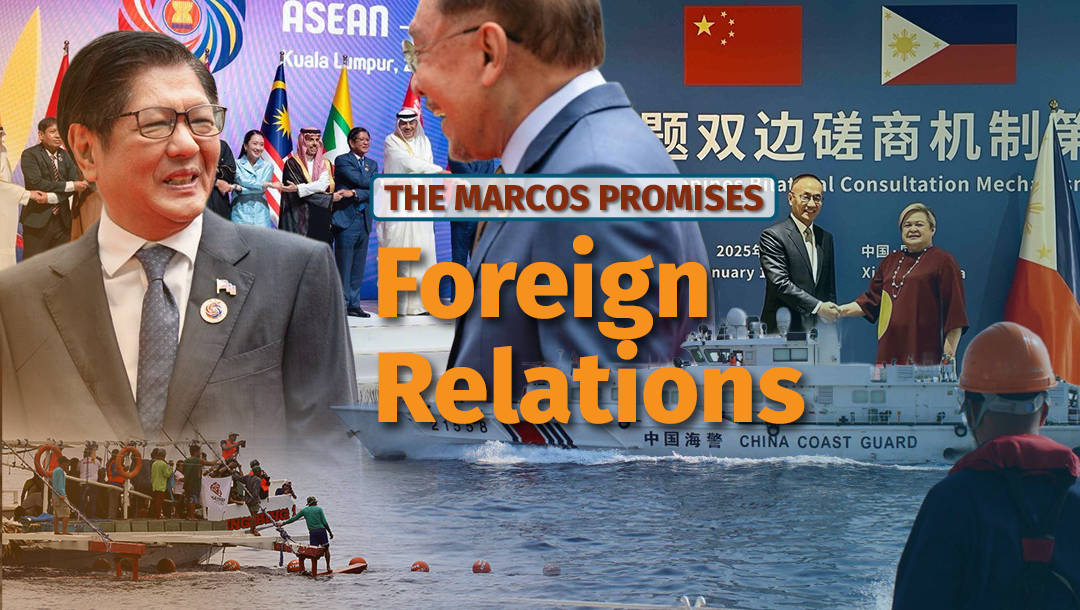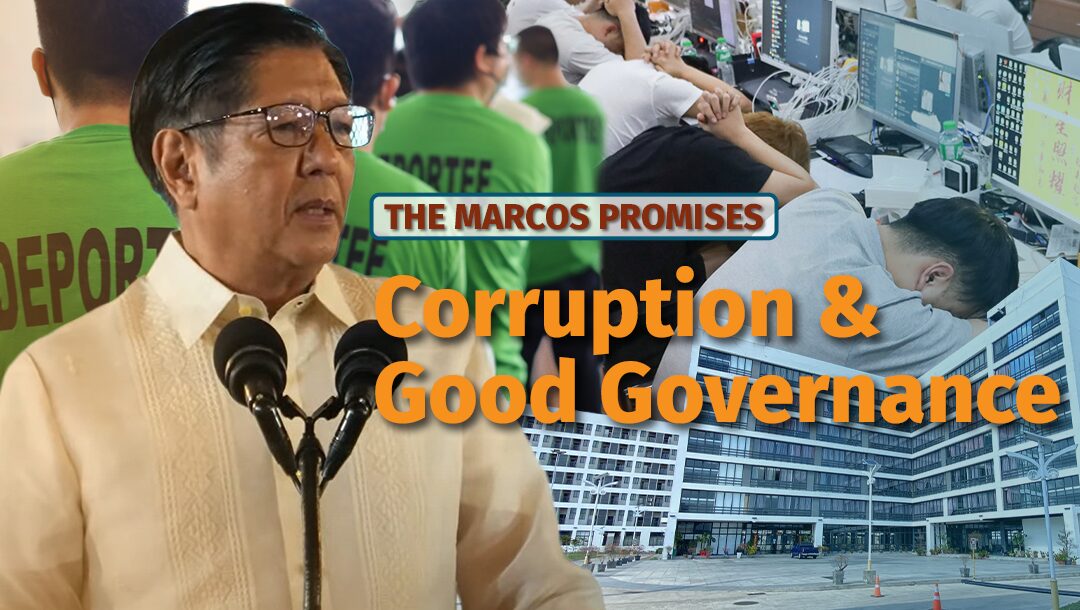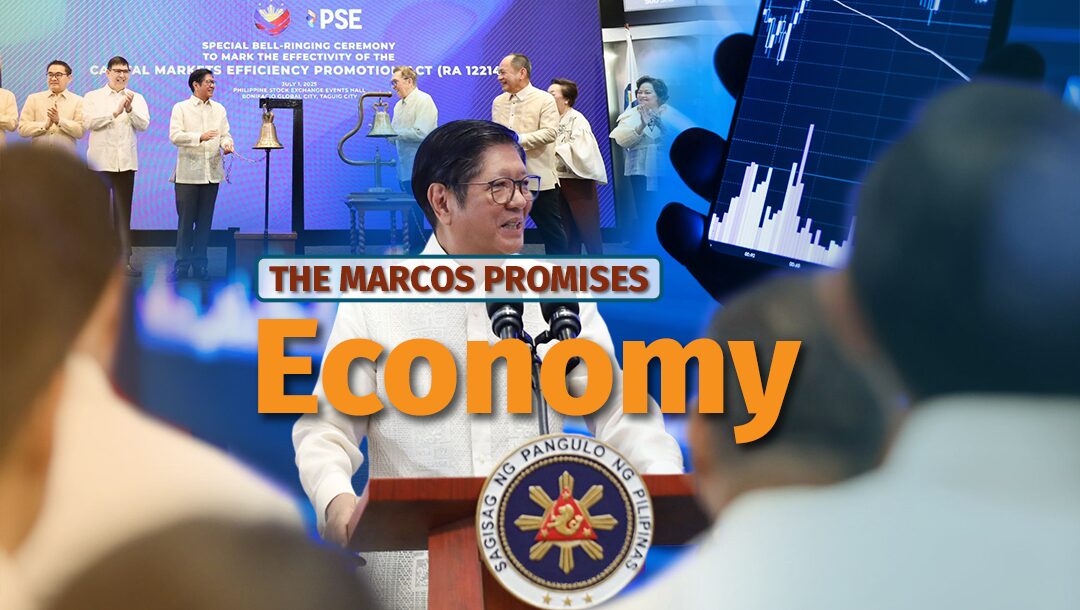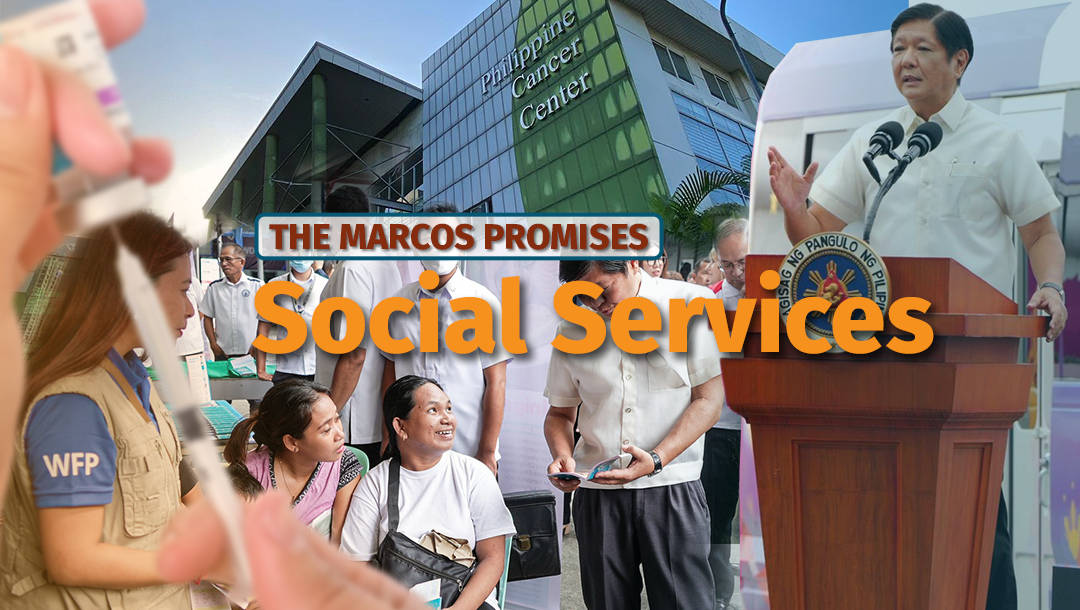An administration that would not yield and continued to defend and protect the country’s territory and people. This is how President Ferdinand Marcos Jr. wants history to remember his policy on the disputed West Philippine Sea, where a 2016 international arbitral ruling has granted the Philippines sovereign rights.
“Ipaglalaban talaga namin ‘yan because kung ibigay mo ‘yan (We will really fight for it because if you give that)… You give them an inch, they’ll take a mile. So, you can’t allow them even one inch,” he said in the second episode of the BBM Podcast aired last June 21.
In his past three State of the Nation Addresses, Marcos has consistently vowed to stand firm on his administration’s independent foreign policy and defense of the country’s sovereign rights in the WPS while maintaining good relations with other countries.
To solidify the country’s position in the WPS, the president signed two landmark laws in November last year: the Philippine Maritime Zones Act and the Philippine Archipelagic Sea Lanes Act.
These, according to Senior State Counsel Fretti Ganchoon, will ensure that all existing Philippine laws related to maritime zones are updated and consistent with the United Nations Convention on the Law of the Sea and guide all agencies dealing with the WPS controversy.
The government has also made efforts to strengthen public awareness and knowledge of WPS through a comic book launched in January this year that debunks “China’s disinformation and false narratives” on the issues surrounding this part of the South China Sea.
Despite these efforts, China’s aggression in the area has persisted and been documented. Earlier this year, the country denounced China’s deployment of its largest coast guard vessel, described by the Philippine government as a “monster ship,” near Scarborough Shoal.
Last May 21, Chinese Coast Guard ships water cannoned two Philippine civilian vessels conducting a routine marine scientific research mission in the vicinity of Sandy Cay, also known as Pagasa Cay 2.
Other key developments in foreign affairs since the president’s last SONA have been:
- the filing of 65 diplomatic protests against China’s actions and continued presence in the WPS in 2024 (bringing the total to 229 from July 2022 to July 2025),
- campaigning for a non-permanent seat in the United Nations Security Council, a position that the Philippines last held in 2004-2005, and
- preparing to host the 2026 summit of the Association of Southeast Asian Nations, which usually includes meeting with key dialogue partners such as the US, EU, Canada, Japan, India, South Korea, and China.
Take a look at how Marcos has delivered (or not) on his promises related to the country’s foreign relations in the past three years:







